
Python String expandtabs()
The expandtabs() method returns a copy of string with all tab characters ‘\t’ replaced with whitespace characters until the next multiple of tabsize parameter. The […]

The expandtabs() method returns a copy of string with all tab characters ‘\t’ replaced with whitespace characters until the next multiple of tabsize parameter. The […]
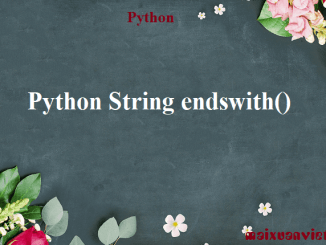
In this tutorial, we will learn about the Python String endswith() method with the help of examples. The endswith() method returns True if a string ends with the specified […]
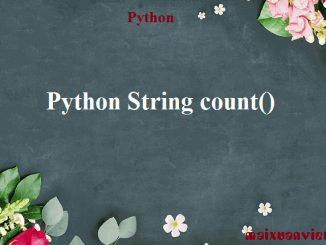
In this tutorial, we will learn about the Python String count() method with the help of examples. The count() method returns the number of occurrences of a […]
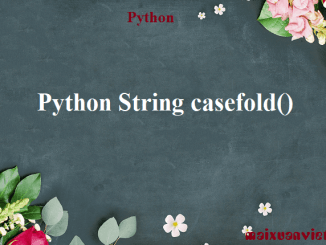
The casefold() method is an aggressive lower() method which converts strings to case folded strings for caseless matching. The casefold() method removes all case distinctions present in […]
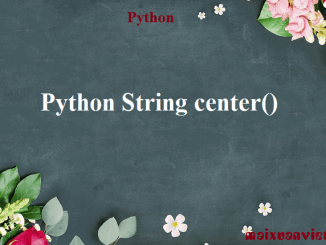
The center() method returns a string which is padded with the specified character. The syntax of center() method is: 1. center() Parameters The center() method takes two arguments: width […]
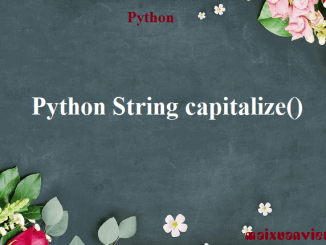
In Python, the capitalize() method converts first character of a string to uppercase letter and lowercases all other characters, if any. The syntax of capitalize() is: 1. […]
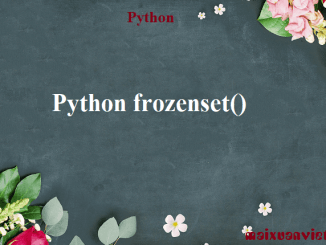
The frozenset() function returns an immutable frozenset object initialized with elements from the given iterable. Frozen set is just an immutable version of a Python set object. […]
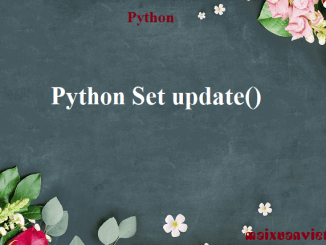
1. Overview The Python set update() method updates the set, adding items from other iterables. The syntax of update() is: Here, A is a set, and iterable can be any iterable […]
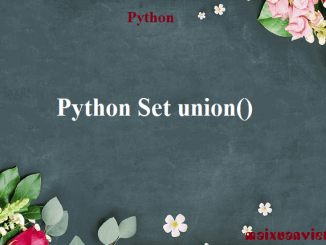
In this tutorial, we will learn about the Python Set union() method with the help of example. The Python set union() method returns a new set with […]
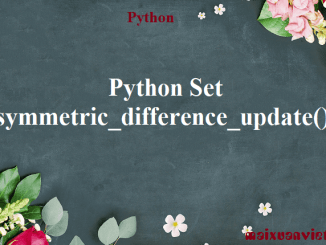
1. Overview The symmetric_difference_update() method finds the symmetric difference of two sets and updates the set calling it. The symmetric difference of two sets A and B is the […]
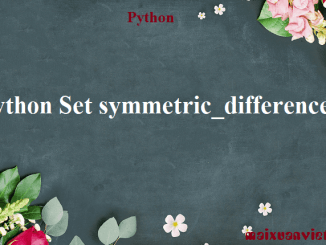
The Python symmetric_difference() method returns the symmetric difference of two sets. The symmetric difference of two sets A and B is the set of elements that are in either A or B, […]
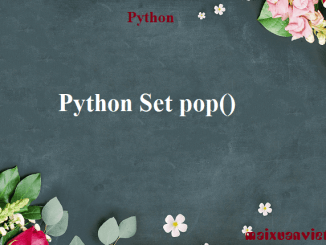
The pop() method removes an arbitrary element from the set and returns the element removed. The syntax of pop() for sets is: 1. pop() Parameters The pop() method doesn’t take any […]
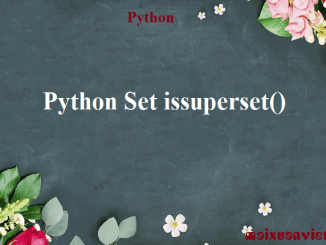
1. Overview The issuperset() method returns True if a set has every elements of another set (passed as an argument). If not, it returns False. […]
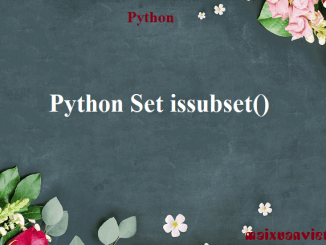
1. Overview The issubset() method returns True if all elements of a set are present in another set (passed as an argument). If not, it […]

The isdisjoint() method returns True if two sets are disjoint sets. If not, it returns False. Two sets are said to be disjoint sets if […]
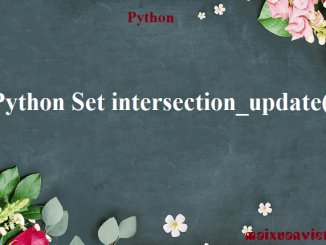
The intersection_update() updates the set calling intersection_update() method with the intersection of sets. The intersection of two or more sets is the set of elements […]
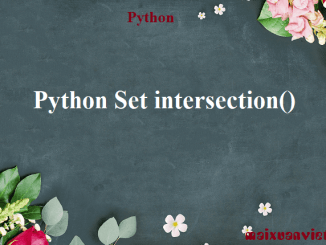
In this tutorial, we will learn about the Python Set intersection() method with the help of examples. The intersection() method returns a new set with elements that […]

The discard() method removes a specified element from the set (if present). The syntax of discard() in Python is: 1. discard() Parameters discard() method takes a single element x and […]
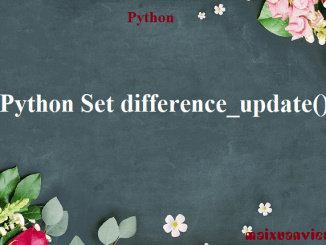
The difference_update() updates the set calling difference_update() method with the difference of sets. If A and B are two sets. The set difference of A and B is a set of elements that […]

1. Overview The difference() method returns the set difference of two sets. If A and B are two sets. The set difference of A and B is a set of elements that exists […]
